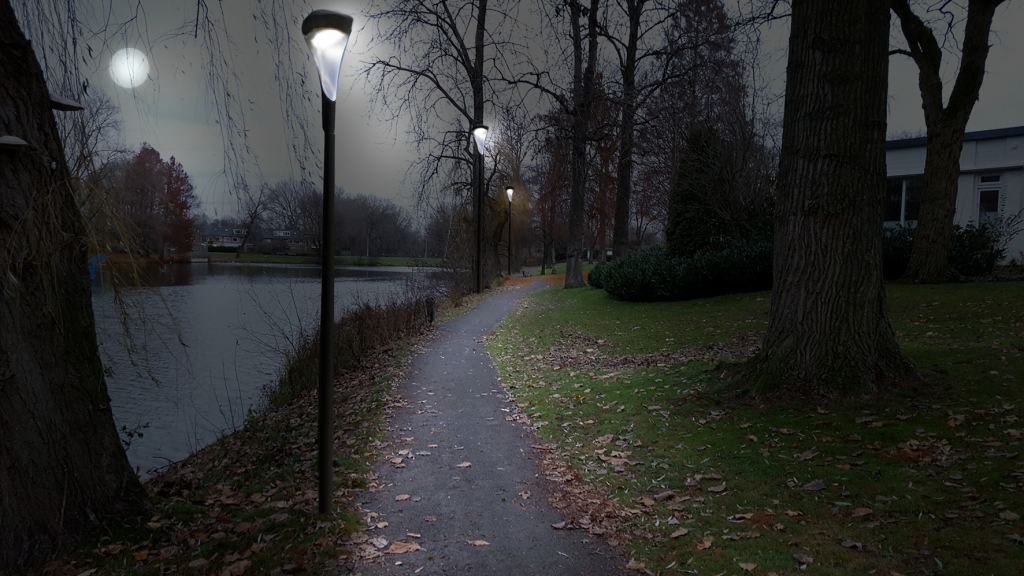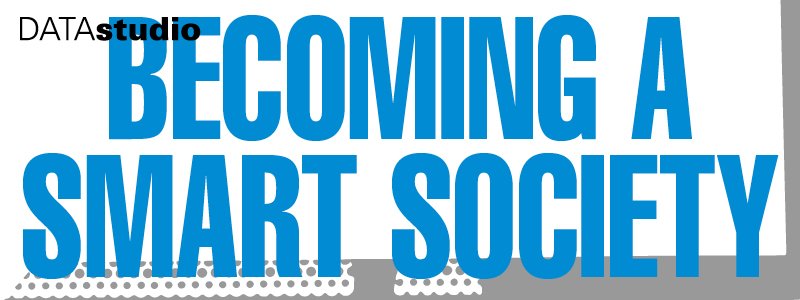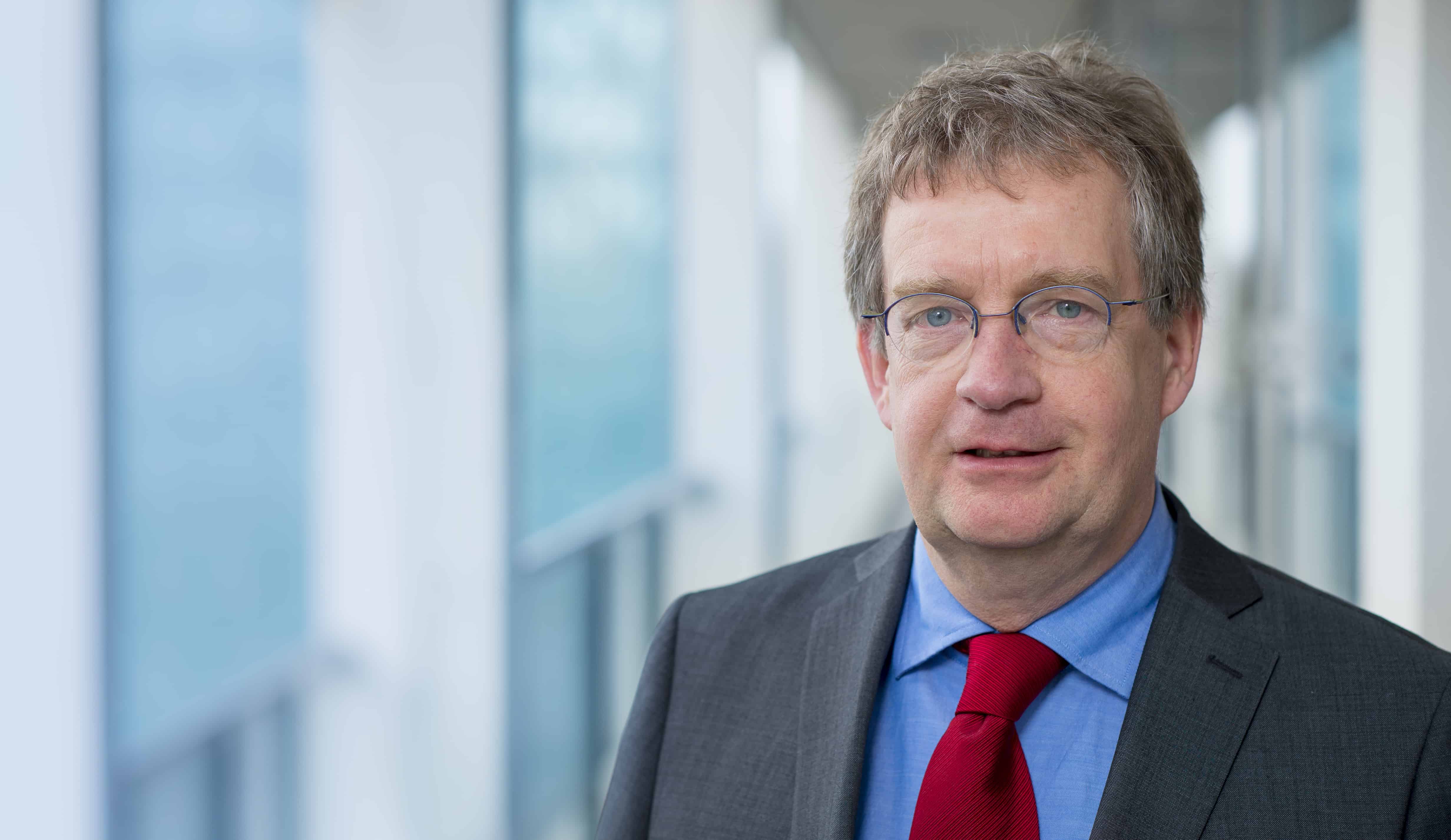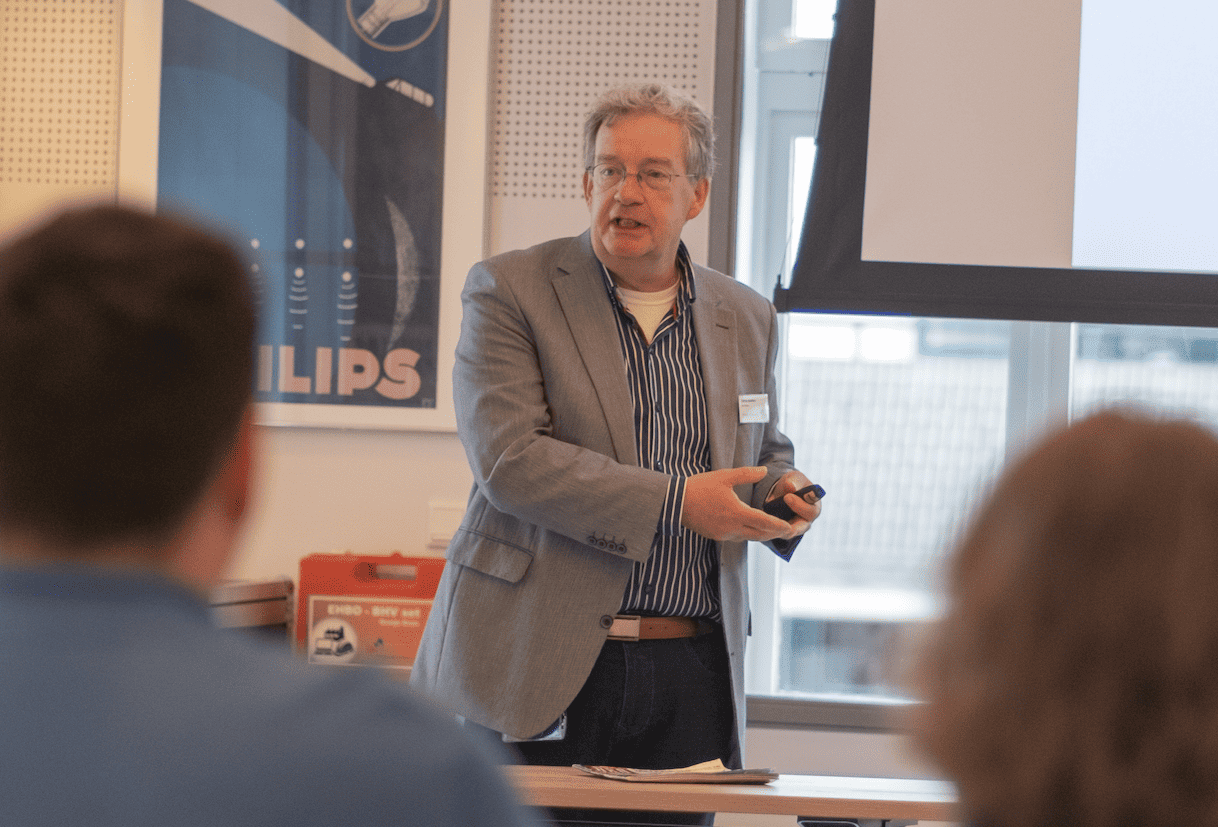
Eindhoven wants to become a smart society. But how does that work? What’s going on in a society like that? Are there any good examples to learn from? DataStudio Eindhoven explores the transition a city has to go through to actually become such a smart society. Each week, we present a new contribution on E52. This week: a moving light route for Eckart. Read all the articles here.
You’d better get used to this: Joggers and runners in the Eindhoven Eckart neighbourhood who are guided by the lights that light up before them in a certain rhythm. A steady pace, slightly faster, or in intervals: the lighting sets the pace. The lights work like a hare, even during the day. The ‘moving route’ is part of a smart lighting project in the district, which was presented last Wednesday.
No separate app is necessary to make use of the lights; if you want to start running, you only have to indicate your target: at which pace do you want to run or walk? In addition, there will eventually also be a smarter version, which does work with an app. Professor Steven Vos, connected to TU/e and Fontys Sporthogeschool, is still working on the exact details, but it is clear already that this will help the runners on a more personal level. “Based on the personal profile – for which you have to opt in – you can obviously be much more specific with your program: alternating tempos, interval training, but also a certain build-up over time.”
In the latter case, the system will also register the performance of the participants. “We mainly do this for research purposes: who uses it, what are the user’s needs and results, but it is also to keep improving the system as a whole – on an aggregated level. Moreover, we can use the data to advise future users, for example by pointing out that on a certain moment in the week a lot of other runners will be around, so others can join.”
Vos ensures that all data remain within the system. “We will never go and sell the acquired data. And we will never report data that can be traced to individuals.” Vos and his team want to develop new ways of integrating new technologies with the equipment supplied in this project. TU/e and Fontys have more projects that focus on the use of public space as a fitness coach.
This Wednesday, alderman mrs. Mary-Ann Schreurs presented the innovative light route to the local residents. This “Living Lab Light Eckart” is typical in every detail for a Smart Society project in Eindhoven, Schreurs said. It’s developed in co-creation with the residents, conducted as part of the “Roadmap Light” led by Philips and Heymans, and it fits within the European Triangulum agreements. No wonder the alderman herself was there last Wednesday to speak to the people in the neighbourhood.
The co-creation part, a prerequisite in Triangulum, was pretty thorough this time. Firstly the users and residents were involved, but that has become standard in this type of operations. In addition, the input of the Viability Team Eckart Luytelaer came in, as well as Andromeda Society, Community Centre Boemerang, Orion Health Center and the Municipal Department of Sports.
At the end of last year, the whole neighbourhood was invited for a design-thinking session and forty people actually took part in it. The resulting preliminary design could be re-submitted in December to the immediate neighbours and – after they had shared their observations again – it was time to show the results to the rest of the neighbourhood. This was last Wednesday. And, just to be really sure that everyone would get his say, in the meantime the athletics club and a representation of Jacobuskerk could give their opinion. In short, this was co-creation-to-the-max.
So, on Wednesday it was up to the experts to clarify what they had been planning – and especially why. In addition to the alderman and area coordinator Rob Woltinge, Serge van den Berg of the Energiebureau and project manager Annemarie Totté came along.
The alderman focused on the ultimate goals of the lighting design: security for the neighbourhood and an incentive to do your exercises. Schreurs: “We took the opportunity to improve the possibilities for sports and exercising there. Smart lighting really contributes to that goal. We found a good balance between “nice darkness” and “safe light”. And in the meantime we can preserve and strengthen the beautiful natural environment.”
Where does this all lead to? In the first place, a new functional lighting in the park, so that it can be utilised better in the dark hours. The lighting will only be turned on – thanks to a sensor – when people are approaching, so there is no needless light pollution or energy spill. The “moving light route” is a nice extra functionality.
Triangulum and Roadmap Light
The European project Triangulum focuses on clever use of lighting with the aim to reduce energy consumption. The Roadmap Light provides a testing ground for the development of intelligent lighting applications in public spaces. The ambition behind this is not small: all this has to contribute to improving the quality of life in the city.
The construction of the light route starts in late March, completion is expected in late June.









